

Max Davies
2025 Lexus NX450h+ F Sport review
5 Days Ago
Australia is gearing up to legislate for the self-driving era, with the National Transport Commission getting ready to create a new regulatory body and laws... by 2026.

Contributor
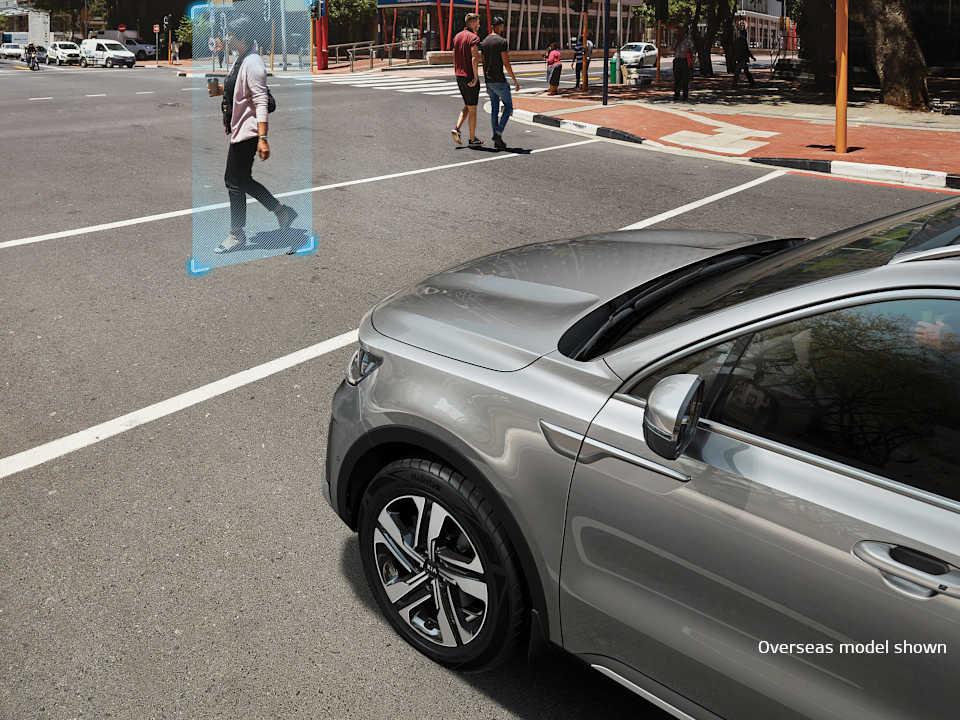

Contributor
Australian regulators have committed to having rules for driverless cars in place by 2026.
National legislation governing autonomous cars and a new safety regulator are both on the cards, as Australia gears up for the new technology.
“Our reform program focuses on achieving national consistency,” the National Transport Commission (NTC) says on its website.
“Our goal is end-to-end regulation to support the safe commercial deployment and operation of automated vehicles at all levels of automation in Australia.”
A new policy paper from the NTC calls for a new national regulator with the power to “ensure that in-service automated vehicle safety risks are comprehensively addressed by relevant duty holders”.

“Its key function will be to ensure regulated parties assure the safety of automated vehicles over their full life cycles,” the policy paper says.
The regulator will monitor safety risks, enforce regulations, conduct research into autonomy, and partner with states to ensure a “nationally consistent approach to inservice safety, ensure clarity of roles, and understand local and emerging issues”.
Responsibility for investigating crashes involving self-driving cars would still fall to the states and territories under the NTC plan, but the national regulator “investigate systemic issues relevant to automated vehicles, which go beyond examining proximal causes”.
As the number of autonomous vehicles on Australian roads grows, the regulator will need to be able to grow with them.
National regulations will need to cover the responsibilities of autonomous vehicle operators, how those responsibilities will be enforced, what happens when a self-driving car is modified, and how the road rules will be applied to autonomous vehicles.
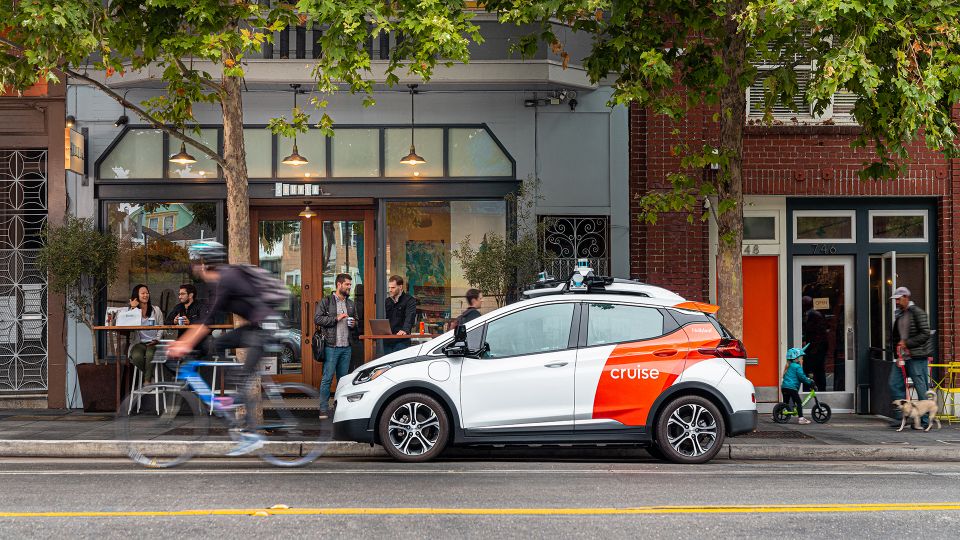
How the initial rollout of autonomous vehicles will take place in Australia isn’t clear.
Rather than commercially-available autonomous vehicles, trials conducted in in Victoria, Western Australia, and South Australia point to smaller-scale shuttles on set routes representing the first taste of self-driving technology for many.
When it comes to your commute, Honda says it’s the first automaker to develop a car that’ll navigate congested freeway traffic autonomously.
It’ll put the Level 3 autonomous technology in the Japanese-market Legend sedan before the end of March 2021.
The new autonomous equipment, referred to as Traffic Jam Pilot, has been approved for use by the Japanese Ministry of Land, Infrastructure, Transport and Tourism and legally allows owners to take their eyes off the road.
Audi at one point planned to be first with its A8 limousine, but has backed down on that promise due to regulatory challenges.

After hyping self-driving technology towards the end of the previous decade, a number of carmakers have backed down from their bold plans to sell autonomous cars to the public.
Simon Wright, industry editor at The Economist, has previously told CarExpert self-driving cars are “probably decades away”.
With strict European Union emissions rules (and the risk of large fines for non-compliance) forcing carmakers to develop electric vehicles, large cuts to development budgets for electrification are unlikely.
“It appears that the investment in electric vehicles is going to continue. It may be pulled back in some places like America, where they don’t have almost a mandate to develop electric cars, but it’s a long-term trend,” Mr Wright said.
“It’s coming, whatever happens.
“The European Union isn’t going to relax its emissions regulations, the carmakers haven’t asked the European Union to relax emissions regulations. I think they have to keep investing.”
Autonomous vehicles, however, are likely to take a hit. A number of carmakers made bold promises about their self-driving programs late in the 2010s, but most have since walked their claims back – or gone silent.
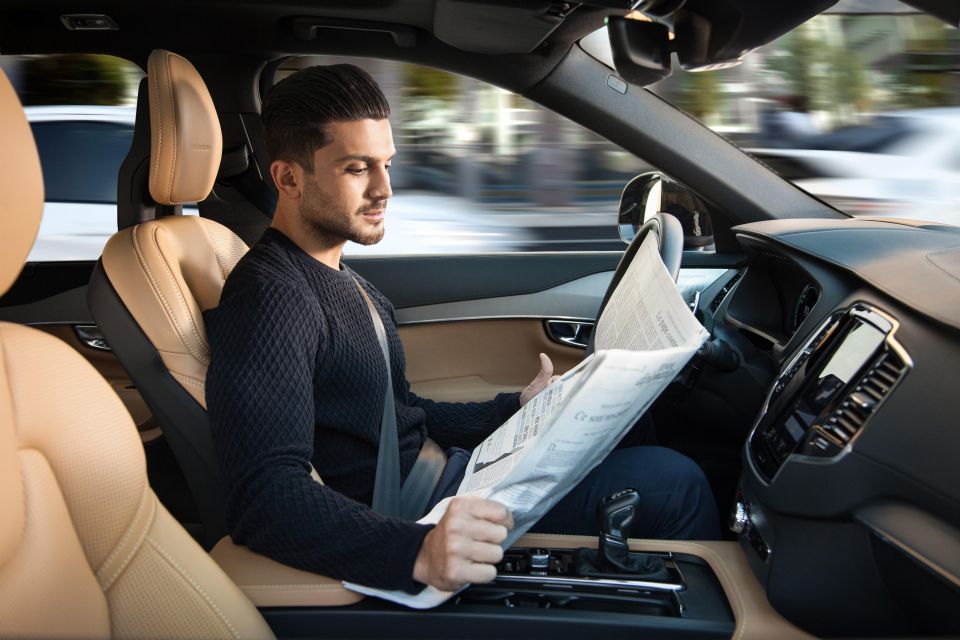
“This might add a few years, if not more, to the dream of the autonomous vehicle that picks you up outside the pub and takes you home at the end of the evening,” Mr Wright said.
Carmakers tightening their belts because of Coronavirus isn’t the only reason the self-driving dream is struggling.
A number of high-profile accidents have put the technical challenge of developing a car capable of interacting with a world designed for human drivers in the spotlight.
A prototype Uber self-driving vehicle struck and killed a pedestrian in Arizona during March 2018.
It was later discovered the vehicle’s software chose not to apply its brakes when it detected Elaine Herzberg because it wasn’t programmed to recognise pedestrians outside of zebra crossings.
Tesla has also been involved in a number of high-profile incidents with its Autopilot driver assist.
Scott Collie is an automotive journalist based in Melbourne, Australia. Scott studied journalism at RMIT University and, after a lifelong obsession with everything automotive, started covering the car industry shortly afterwards. He has a passion for travel, and is an avid Melbourne Demons supporter.


Max Davies
5 Days Ago
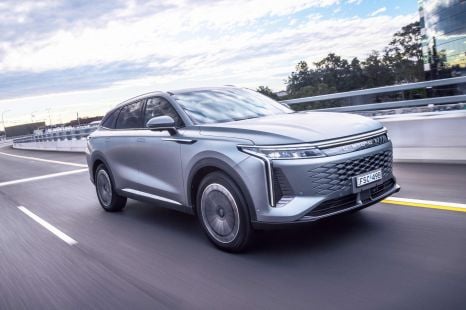

Damion Smy
4 Days Ago
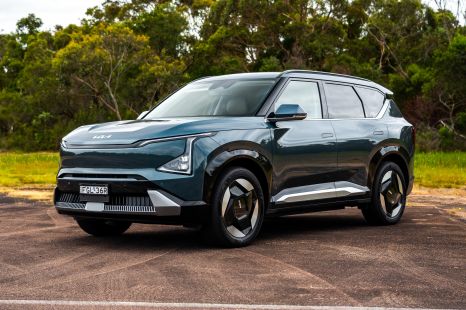

James Wong
3 Days Ago


Angus MacKenzie
2 Days Ago
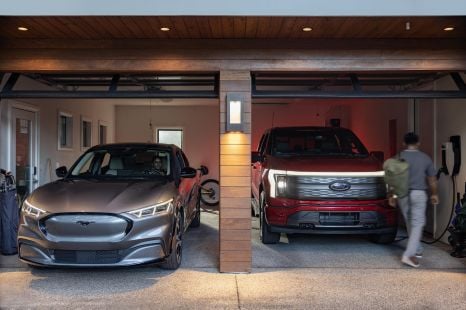

Damion Smy
17 Hours Ago
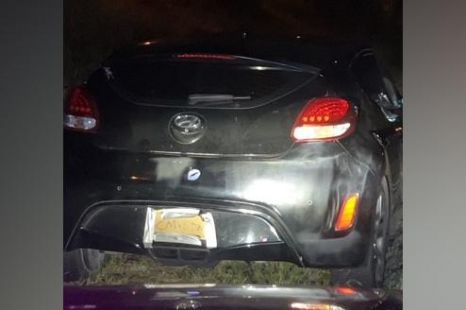

CarExpert.com.au
16 Hours Ago